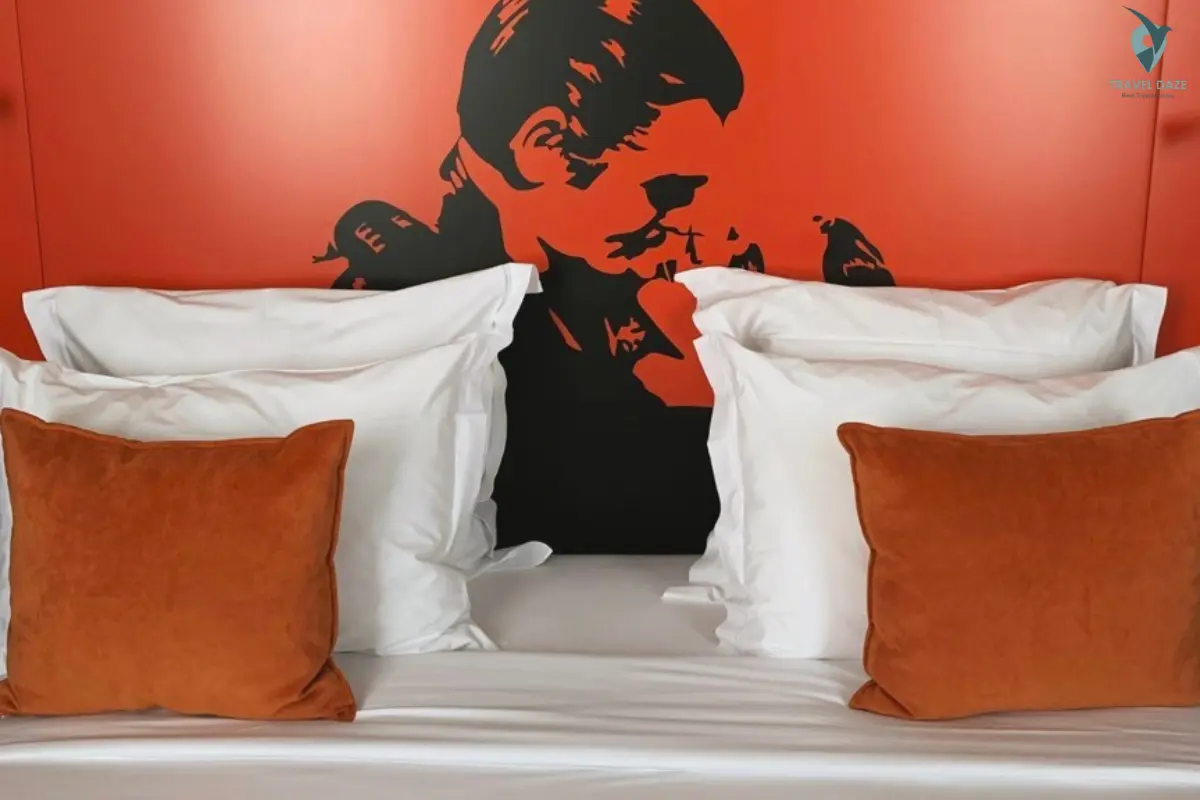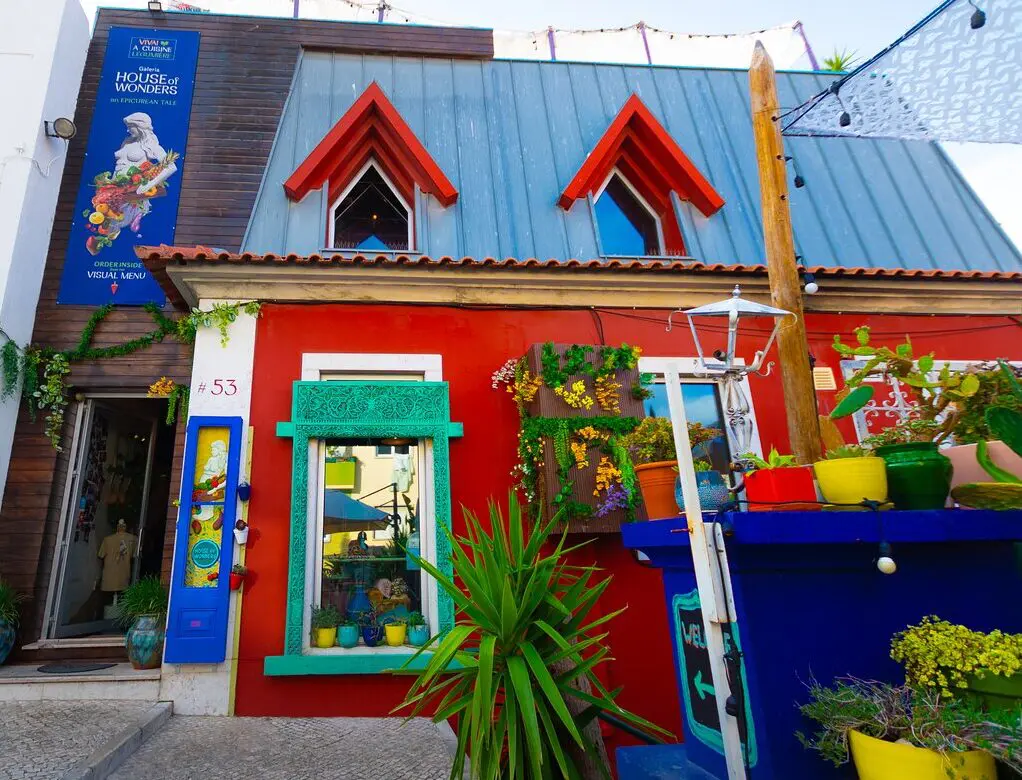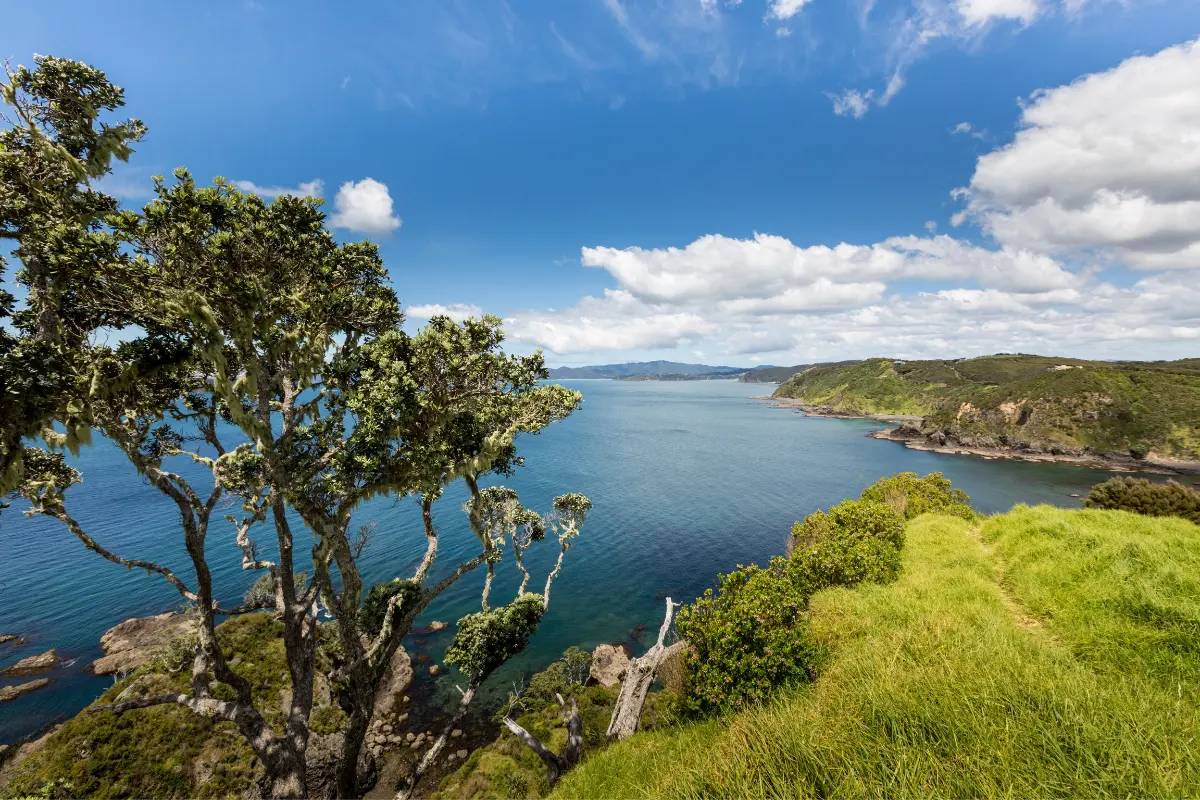Ever find yourself plunking down your suitcase following a whirlwind adventure and then being slapped by a wave of blues? That is me, Caroline Daze, a lot more often than I care to admit. Post-travel depression sets in once the international streets and undiscovered cafes give way to daily life. That hollow feeling inside, that emotional jetlag, weighs more than my overpacked baggage. I felt the creepy sadness come over me once I returned to St. Louis from Parisian Boulevard or Bali’s beaches. And believe me, it is as real as my tan lines, which are still on my arms.
Table of Contents
ToggleBut why does packing souvenirs make me feel like I am cramming joy into my suitcase? The truth is, at times, coming home feels like slipping into a pair of ripped jeans. As a veteran traveler who has treaded this particular watery terrain, I have learned several tricks to ward off these post-globe-trotting woes. So let me share some personal insights that helped me adjust to reality. Keep those travel memories bright without making them a shadow over my daily life. Without spilling all the beans here (because where is the fun in that?), we need to explore how wanderlust warriors can turn post-travel frowns upside down!
Key Points You Need to Know.
1. I think post-travel depression is a common experience for frequent travelers like myself. It often sets in after the excitement of a trip wears off, leaving behind feelings of emptiness along with a longing to return to the adventures I experienced. Recognizing those feelings as normal has been the first step to dealing with them.
2. To combat the blues, I find that being involved in new projects or hobbies has actually helped me. By focusing on activities that I find fascinating and satisfying, I stop missing the past and start looking ahead to the future.
3. I have also found staying connected with people I meet on my trips helpful. Whether it’s on social media or old-fashioned letters, having those relationships helps me keep the spirit of travel going and provides me with a support system of people who find out what I go through.
4. My other strategy is planning my upcoming trip. This does not necessarily mean booking flights immediately, but researching destinations or writing down a bucket list of travels you want to do. So I turn sadness into excitement and anticipation of new adventures.
5. Finally, incorporating aspects of my travels into my everyday life has helped with my post-travel depression. Whether it’s cooking a meal from among the countries I went to or even paying attention to well-liked music from another culture, these little things make traveling a part of my every day and also remind me that there’s more to experience around the globe.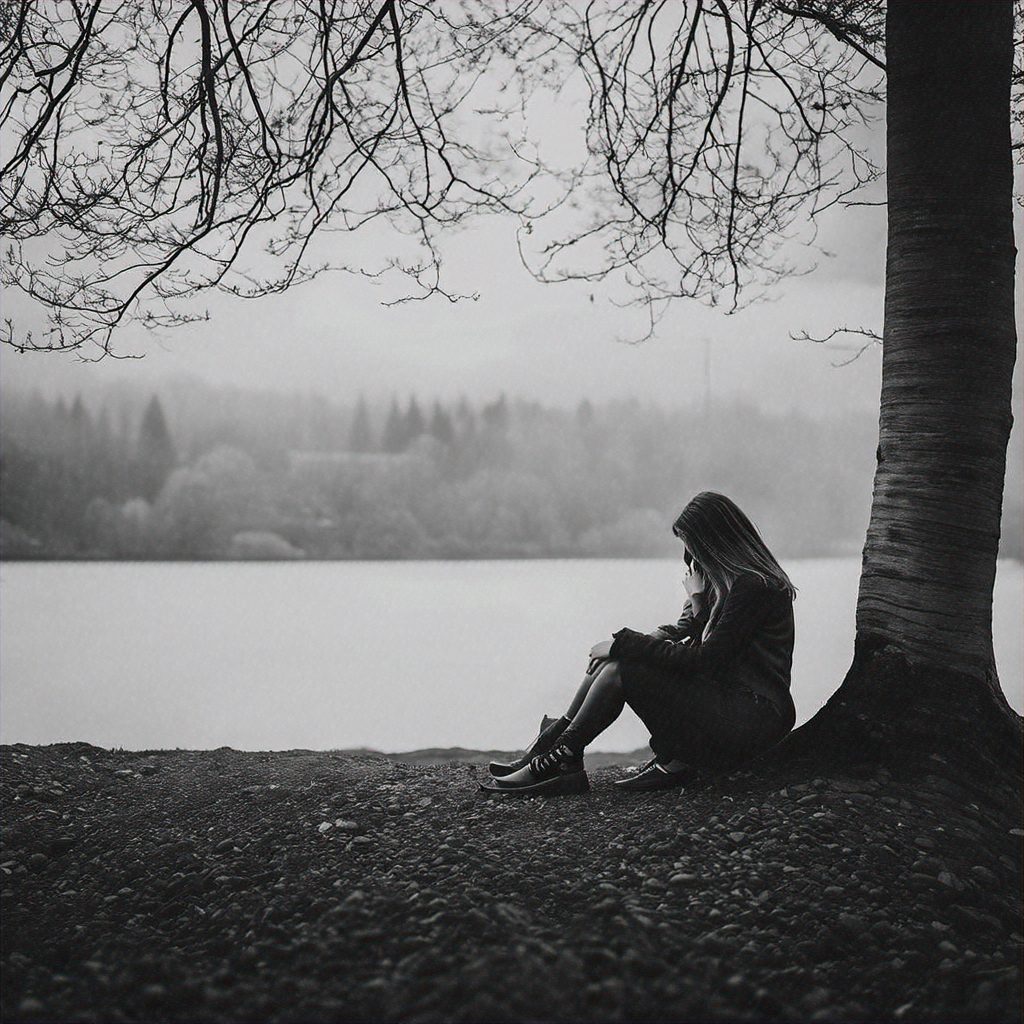
How to Spot the Post-Travel Blues Symptoms.
I come home from a trip, and I sort of get this mixed feeling. There is this satisfaction at first of seeing new horizons. But then a weight comes over me, and I get what I call post-travel blues. It sort of sinks in that I just finished my adventure and am back to my everyday life. I know the warning signs: a loss of desire and motivation to get back on the road.
Creating a Post-Trip Routine.
What I’ve discovered is that you have to have a post-travel routine. Upon returning, I plunged into organizing my photographs, writing in my journal, and discussing my experiences. I find that keeping myself busy counters the feeling of stagnancy following weeks or months of constant exploration.
Nurturing connections made during travel.
My personal strategy is to keep the relationships I have made while traveling. It comforts me to think of the friends I made across continents. It somehow makes the world appear smaller, my travels last longer, and the transitions are less abrupt.
Planning Your Next Adventure.
I find it gives me something to look forward to with another trip in sight. Planning my next destination provides me with the feeling of continuing rather than coming to an abrupt end. This method acts as a ladder, pulling me out of the post-travel rut by redirecting focus and energy toward future escapades.
Integrating travel experiences into daily life.
Accepting the experiences and making them part of my everyday life is another way I use them. Perhaps I make a dish from the country I was last in, or I learn a few words in a foreign language. In this way, I carry the traveling spirit into my everyday life.
Physical Exercise as a Mood Enhancer.
I cannot overlook the power of physical exercise. Moving my body releases endorphins, whether it is a community jog or a yoga class. Those are the hormones that lift my mood and help me conquer the post-travel blues.
Needing professional support when required.
It doesn’t happen often, but at times, the low feeling is there. For those kinds of occasions, I reach out to professionals. A conversation with a therapist can offer valuable tools to navigate my feelings. Health professionals say talk therapy can help with any type of depression.
Creating a support network.
I have a support system of family and friends that understand what I go through. Openly expressing my feelings and sharing little stories helps me remember the good times instead of the bad.
Reflecting on the Transition.
Finally, I focus on reflection and acceptance. I take time to process my emotions instead of ignoring them. Accepting the transition and realizing it is okay to be lost helps me get back on track.
What Are Some Practical Ways to Beat Post-Travel Depression?
- Mark the calendar with small, attainable goals to look forward to, like local events or gatherings with close friends.
- Make a travel blog to chronicle adventures and share them with other people; this can be cathartic.
- Plan a ‘travel remembrance’ day each week to reminisce about your travels with photographs, music, and food.
- Consider volunteering with international groups to feel connected to a worldwide community.
- Start a hobby inspired by a trip and keep the spirit of discovery alive.
Post-Travel Depression: What Is It?
Post-Travel Depression describes a mood dip that travelers usually have after returning from a holiday. It is that sinking feeling once the anticipation of a journey has passed and the reality of everyday living comes back in. Nostalgia or a feeling that something is missing are typical symptoms, though it’s a passing phase.
Depression and travel—could it be true?
Yes, traveling can make you depressed, particularly when you get home. The contrast between the thrill of discovery and home life can make you sad. But it’s generally not the travel itself that triggers such strong feelings, but the return to normality itself.
What’s the duration of the post-travel depression?
Individual periods of post-travel depression differ. For most, it takes days or weeks. But if those feelings persist, you might want to call a professional. Watch your emotions, and don’t simply dismiss them if they stay.
 What exactly are a few signs of post-travel depression to be aware of?
What exactly are a few signs of post-travel depression to be aware of?
Post traveling Depression symptoms might include low motivation, feeling down without a reason, or a sudden urge to travel again immediately. If you have difficulty finding joy in your normal activities, you may have this kind of depression inherited.
What exactly are some coping techniques?
Engaging in mentally and physically stimulating activities might be helpful. Reconnect with friends, take a brand new pastime, or plan your next adventure. Additionally, having a routine with exercise, nutrition, and rest can help your mental well-being.
How can sharing my travel experience help?
Yes, it really is therapeutic to share the highlights of your travels with friends and family. It lets you relive the experience and take something from your adventure home. Remember, it is about balance and never dwelling on the past.
How can I get back into my everyday life?
It might help to gradually get back into your routine. Set short-term goals, go to local community events, or see new places in your own city. These activities might rekindle your interest in and connection with your home.
Is it normal to be bored with my hometown after traveling?
That’s totally normal. Exposure to new places can sometimes take precedence over the familiar. Try seeing your hometown from a tourist’s perspective to find out its real beauty and gems.
Could planning trips in the future help with depression?
Planning for future travels can be something to look forward to and be a light in the dark. Just make certain that planning new adventures isn’t a way to avoid dealing with your current emotions.
When should I see a professional about post-travel depression?
If you discover your low mood is restricting your daily function or even lasts a lot longer than a few weeks, you might need professional help. Sadness or anhedonia could be signs that professional help may be useful with your recovery.
Final Thoughts on Post-Travel Depression
As a solo St. Louis adventurer, I’ve experienced my fair share of post-travel blues. It is like coming down from an exhilarating high, back to what may sometimes feel like simply old news. But I believe being proactive and staying connected to my passions has helped me. Remember, it is about bringing the travel spirit into your daily life—keeping that spirit of discovery alive even in the most familiar settings.
I believe in the transformational power of traveling, but I also believe in having adventures close to home. Whether it is sharing stories, making new experiences, or planning the next trip, there’s usually some way to beat the post-travel blues. The world is a wonderland, but often all we need after a great adventure are the wonders of home.

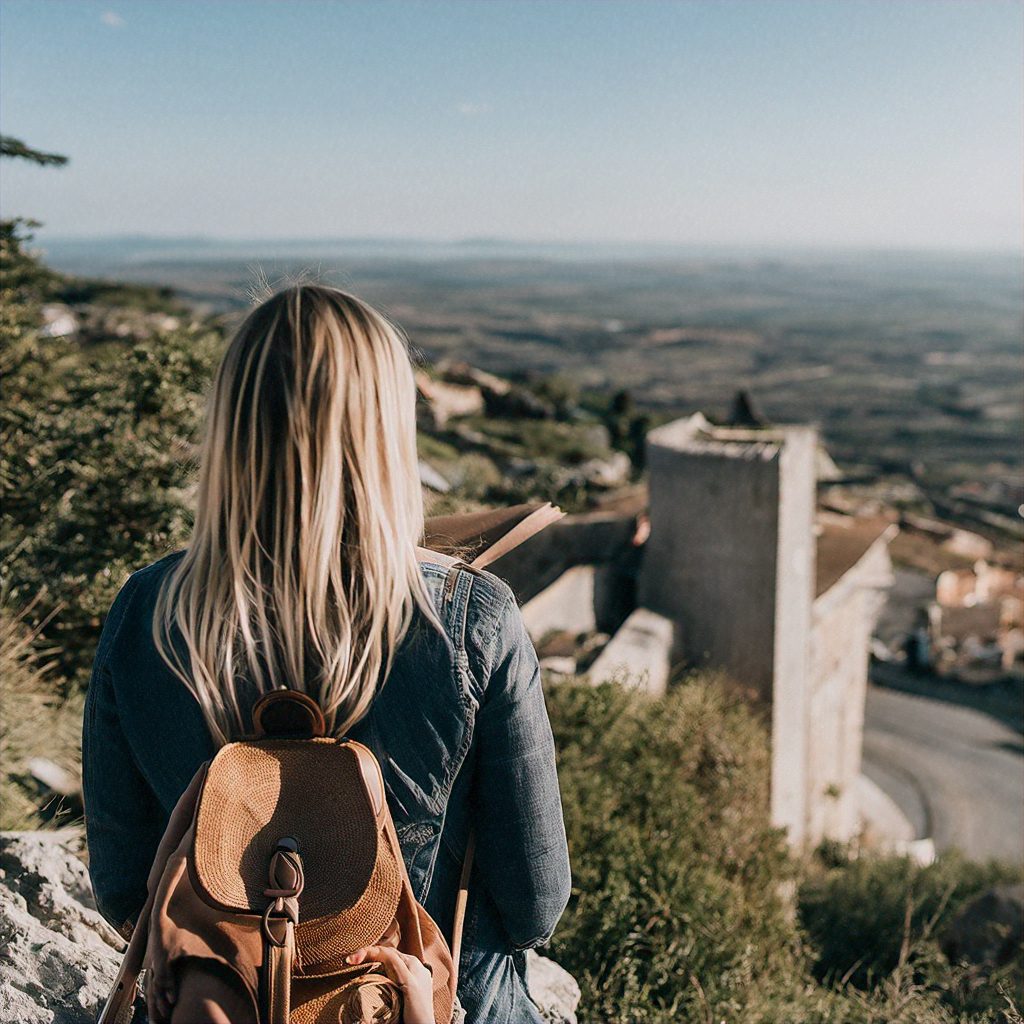
 What exactly are a few signs of post-travel depression to be aware of?
What exactly are a few signs of post-travel depression to be aware of?